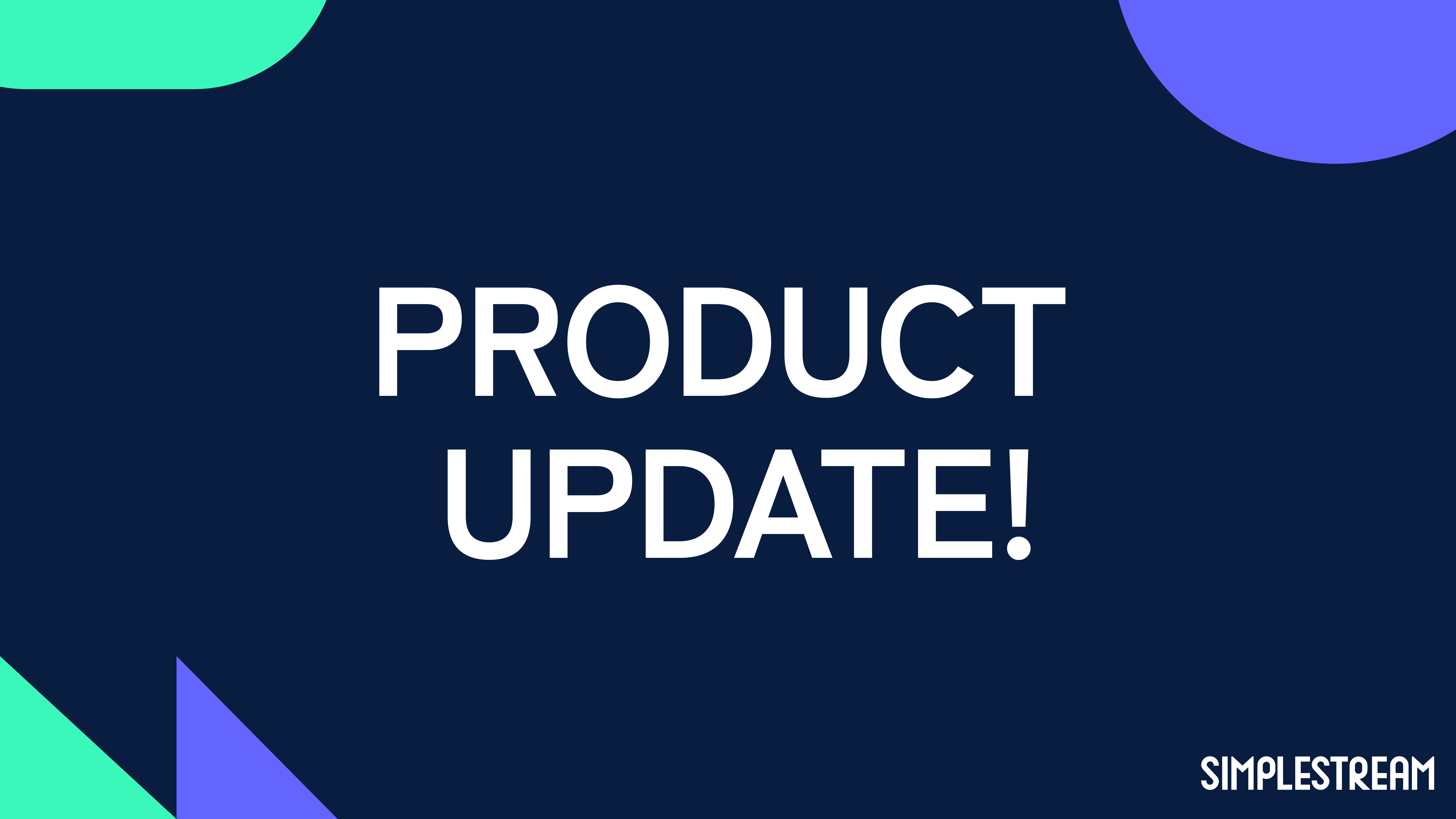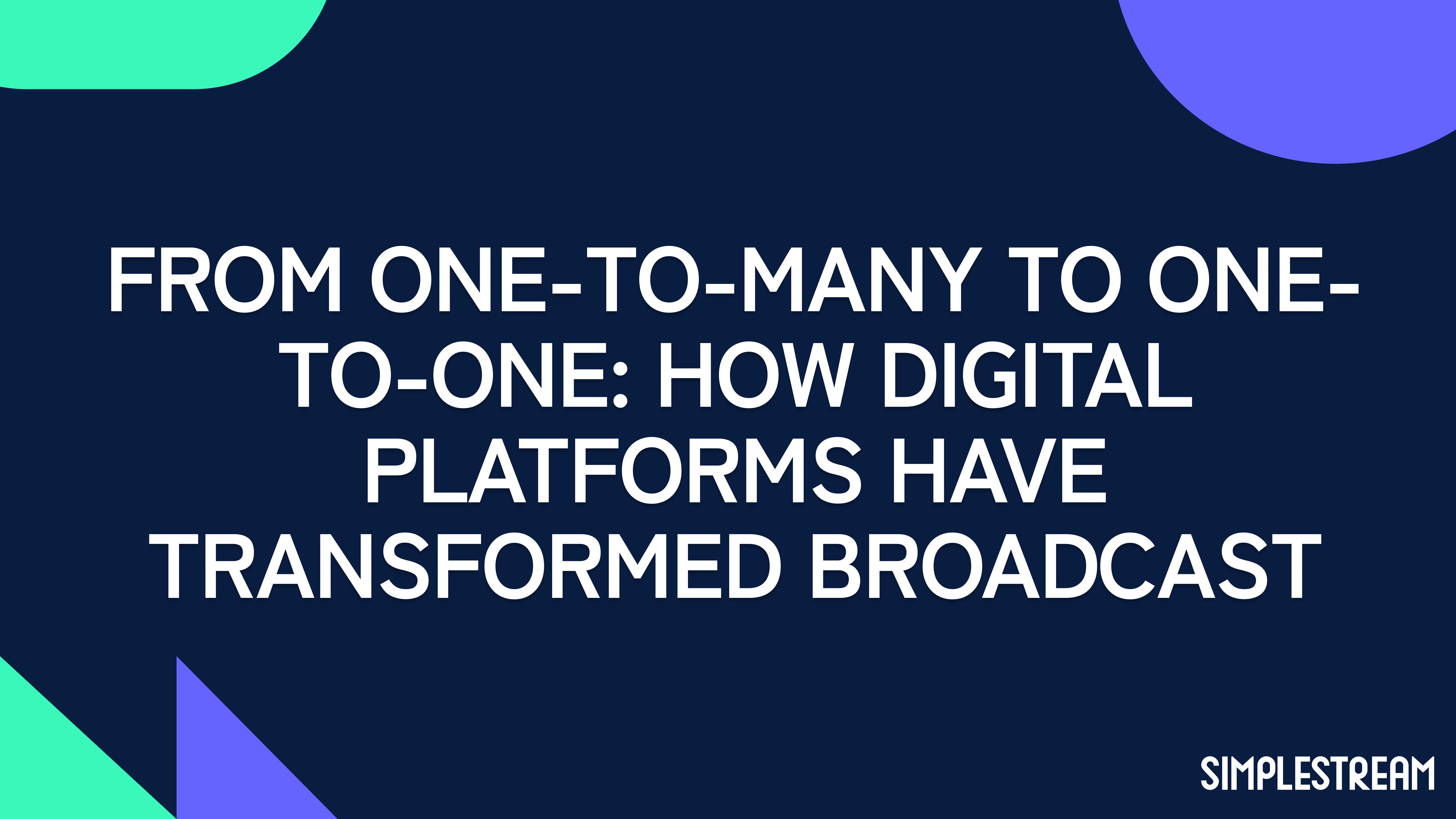OTT and monetisation: choosing the perfect model
Starting a new OTT service? Monetisation is integral to your business success
Fact: the monopoly of linear TV is over. Nowadays, if you’re not streaming, you’re almost certainly losing a significant slice of your addressable audience. End-users today demand flexibility to access their favourite content on any screen, on the go, wherever they are. It’s a simple concept, yet not fully embraced by content owners who are often unable to match their audiences’ expectations – missing out on significant revenue streams and untapped market share as a result.
The OTT revolution brought into the picture a number of platforms and operators that rapidly grew their influence in a highly competitive market. Think of the likes of Netflix, Amazon Prime, Disney+, Hulu, or Apple TV. With monetisation at the top of the list of priorities, the advent of streaming has opened for these content providers a gate to unexplored avenues to increase their revenues.
Technology, as always, is here to play a key role. Complex architectures sit at the core of OTT platforms, yet it’s becoming increasingly important for operators to be able to choose their ideal model within a simplified environment.
In this blog post, we dissect the various monetisation models existing in the OTT space today, explaining why and how they can all move the needle of businesses, and build the future of OTT and streaming platforms. Read on.
Subscription video on demand (SVOD)
Still considered the most dominant of all monetisation models, SVOD drives revenue to publishers straight from viewers’ subscription fees. In exchange, end-users can enjoy a frictionless, ad-free experience. Netflix comes to mind first, when thinking of SVOD services. And it couldn’t be otherwise, for the flagship service recorded nearly 37 million new subscribers in 2020, bringing the total count to over 200 million users at the height of the Covid-19 pandemic.
Among the advantages of this model is certainly the high lifetime value (LTV) rate, a key element in long-term, recurring revenue streams. On the other hand, it's vital that SVOD-focused services invest consistently in new, engaging types of content. Think of original production that viewers cannot find anywhere else.
Advertising video on demand (AVOD)
Unlike the SVOD model described above, advertising defines the AVOD monetisation model. It consists of placing ads before, during or after the run of specific content. Think of platforms that aim to engage users on the basis of short-form videos, for instance. Users are unlikely to pay for these platforms, yet content has a high potential to go viral, gaining millions of views, and providing publishers with substantial revenue opportunities.
It comes as no surprise that earlier this year, 83% of UK consumers stated they were willing to watch ads to gain access to free streaming content. AVOD's key advantage is the audience perception that content consumption is free, coupled with no core disadvantages for publishers. Being in the position to deliver targeted ads by constantly monitoring data analytics makes this monetisation model an enduringly popular one.
Transactional video on demand (TVOD)
Finally, transactional video on demand. TVOD has been gaining popularity among streaming and OTT players of all sorts in recent times, and especially in light of the Covid-19 pandemic. Alternatively named as pay-per-view, this model allows end-users to pay for a single piece of content. This could result in a purchase (electronic sell-through) or a rental (download to rent) - in the latter case with a fixed timeframe allocated for consumption.
This monetisation model offers more flexible and varied content package options. TVOD provides publishers with opportunities to upsell their own backlog. This applies to live events too, for sport or entertainment-focused platforms for instance. However, it doesn’t come without complications. Publishers must be in control of their operational workflows, minimising unwanted risks, and providing integrated payment systems to allow users to complete their transactions in a seamless way.
Conclusions
Whether you are considering SVOD, AVOD, TVOD, or perhaps a hybrid model with several layers of entitlements, there are two ‘rules’ (at least) to follow. Firstly, start with a simple proposition to captivate your audience, together with a strong content offering. Secondly – and most importantly – choose a responsive, multi-device platform with a solid architecture at its core, able to integrate multiple monetisation models to better suit your own business objectives. Read our guide to start your own OTT streaming service like Netflix or Disney+ in five simple steps, here.
At Simplestream, our fleet of products and solutions is fully optimised for a variety of monetisation models as described above. All under the solid roof of a management system you really cannot do without.



